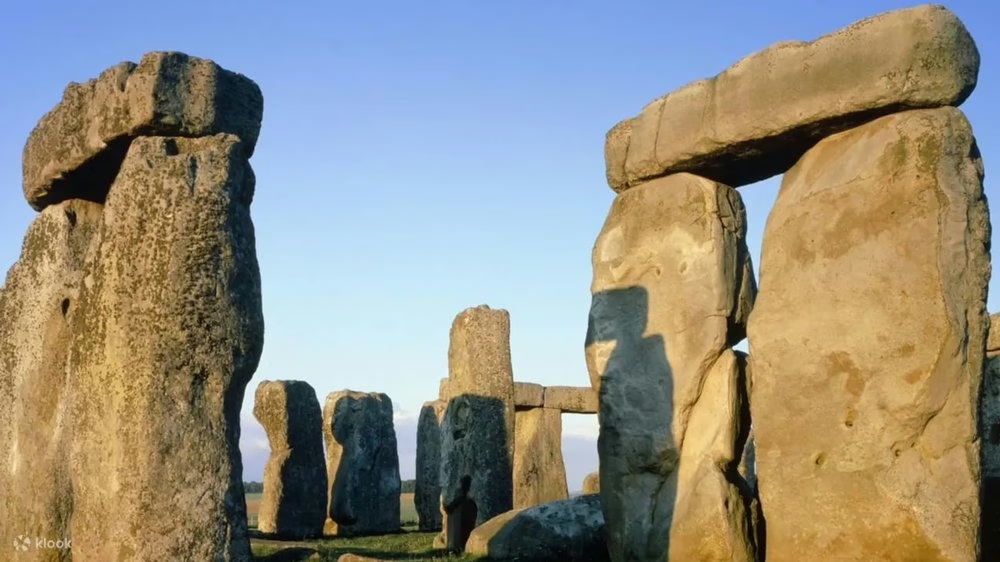Last weekend, the United Kingdom marked the 2025 summer solstice, the longest day of the year, with vibrant celebrations attended by thousands across the country. The iconic Stonehenge in Salisbury hosted the largest event, cementing its status as a cultural highlight. However, the festivities have also sparked discussions about environmental protection and crowd management, making this year’s solstice a focal point for both celebration and scrutiny.
Stonehenge’s Solstice Spectacle
Each summer solstice, Stonehenge draws crowds to witness the sunrise aligning with its ancient stones. On 21 June, approximately 15,000 visitors, including Druids, cultural enthusiasts, and tourists, gathered at the prehistoric site to experience the awe-inspiring moment. The event featured music, dance, and ceremonial rituals, with participants donning traditional attire or face paint, creating a festive atmosphere. English Heritage, which manages the site, provided a live stream, enabling global audiences to join virtually.
One attendee remarked: “Watching the sunrise at Stonehenge is a profoundly moving experience, like connecting with our ancestors from thousands of years ago.” For Druids, the solstice holds deep spiritual significance, symbolising harmony between nature and the cosmos, expressed through prayers and rituals honouring the earth.
Diverse Celebrations Nationwide
Beyond Stonehenge, summer solstice events unfolded across the UK. In Scotland’s Orkney Islands, visitors explored prehistoric sites like Skara Brae, while London’s Thames riverside hosted yoga and meditation gatherings, emphasising the solstice’s themes of health and mindfulness. In Pembrokeshire, Wales, beachgoers lit bonfires for traditional “Midsummer Night” celebrations, attracting families and younger crowds.
Environmental and Management Challenges
While the solstice celebrations fostered cultural unity, they also posed environmental and logistical challenges. Heavy footfall at Stonehenge damaged surrounding grasslands, and some litter was left uncleared, drawing criticism from environmental groups. Greenpeace UK urged attendees to adopt “leave no trace” principles to minimise impact. Traffic congestion and parking issues during the event frustrated local residents, prompting authorities to pledge improved transport planning for future gatherings.
The controversial A303 road tunnel project near Stonehenge remains a point of contention. Supporters argue it will reduce traffic and protect the site’s surroundings, while opponents fear construction could harm undiscovered archaeological treasures. The solstice’s popularity has reignited this debate.
The Modern Significance of Cultural Heritage
Experts highlight that solstice celebrations are not only a tribute to ancient traditions but also reflect contemporary concerns about nature and sustainability. A University of London archaeology professor noted: “The solstice encourages us to reconsider humanity’s relationship with nature, especially amid climate change, making this tradition even more valuable.” Many participants voiced support for environmental causes, with some groups launching a “Green Solstice” initiative to promote low-carbon lifestyles.
Government and Organisational Responses
English Heritage vowed to collaborate with local authorities to enhance future solstice events, including adding more waste recycling points and deploying additional volunteers for cleanup. The government has committed to increased funding to preserve cultural landmarks like Stonehenge, aiming to balance tourism with conservation.
Looking Ahead: The Future of the Solstice
As the solstice’s influence grows, the UK seeks to balance cultural heritage with modern challenges. Experts suggest leveraging digital tools, such as virtual reality, to enable wider participation while reducing on-site crowds and environmental strain. Greater public education to foster respect for heritage sites and their surroundings could also ensure the sustainability of solstice events.
The 2025 summer solstice was a cultural triumph, but its environmental and logistical challenges underscore the need for collective action. Stonehenge’s sunrise remains a sacred spectacle, yet preserving this legacy demands ongoing commitment from all stakeholders.
Discover more from “Bridging Hongkongers. Reporting Truth.”
Subscribe to get the latest posts sent to your email.




